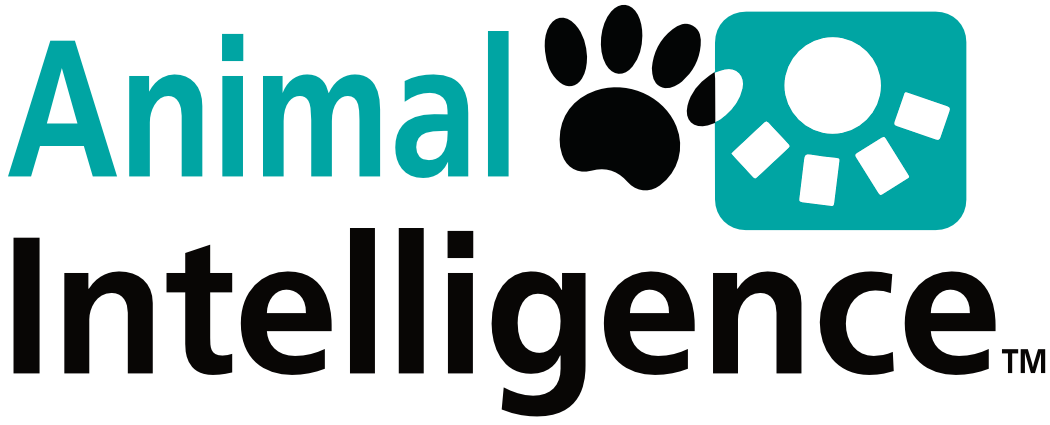
Veterinary labs involve a wide variety of disciplines, such as: haematology, biochemistry, endocrinology, microbiology, immunology, molecular biology, serology, cytology, histology, semen analysis, allergy testing, and post-mortem. Hence, it is important for laboratories to not only deliver quick and efficient results, but also offer competitive prices.
Enhancing the efficiency of lab work is an excellent way to improve service quality and reduce costs. This is specifically crucial for practices having multiple laboratories, where managing samples and collating results can prove to be harder. The use of LIMS (Laboratory Information Management System) can go a long way in improving the process of veterinary practice management.
Why Use LIMS?
Laboratory testing comprises a number of different processes, including:
- Sample registration
- Receiving the samples
- Resource allocation
- Scheduling and execution of tests
- Input of raw data
- Calculation of the values and comparison against expected/normal values
- Issuance of reports
In order to improve laboratory efficiency, it is essential to optimize the recording and management of the data linked to every one of the above processes.
Labs can utilize various approaches to handle and manage the data. These approaches can include using paper records, electronic programs or software like Excel, or advanced commercial systems. Establishing a paper-based recording system can prove tedious and time-consuming, not to mention the high possibility of transcription errors every time information is copied. While electronic systems help mitigate these issues, they can be quite cumbersome in obtaining multiple information at various phases of the overall process. For instance, it might not be easy to determine the number of tests executed on a certain sample and the results of those tests.
LIMS, meanwhile, are particularly designed to offer functionality regarding the documentation, organization, management, and control of information within dedicated databases. Through such a veterinary appointment scheduling software, you can not only simplify and streamline the whole process and reduce the possibility of errors, but also obtain a full audit trail that will allow you to go back and see important information regarding any action performed on any sample.
System Optimization:
Even though the fundamental testing procedures might be similar between vet laboratories, the workflows will certainly differ – even for the very same tests. Beyond the basic testing procedure, there are various aspects in which these workflows differ, such as:
- The methods of sample submission
- The lifecycle of the sample
- The work invoiced or charged
For this reason, it is essential for the LIMS to be flexible and versatile enough to meet these different practices and requirements. Ideally, the system must be configured so that it can adapt to the different lab requirements, rather than the other way around.
How AILabLinx Can Help?
Through the AILabLinx module, you can monitor a number of in-house lab devices from multiple companies at the same time and on a single computer. In addition, AILabLinx can be integrated with online external laboratories, which means that you can do away with manual entries and tedious downloads. Furthermore, it is possible to access the patient’s medical records and lab results using any workstation. The results are displayed in tabular and graphical forms for multiple periods.
To learn more about how AILabLinx can help speed up your veterinary lab’s processes, please feel free to visit our website.
